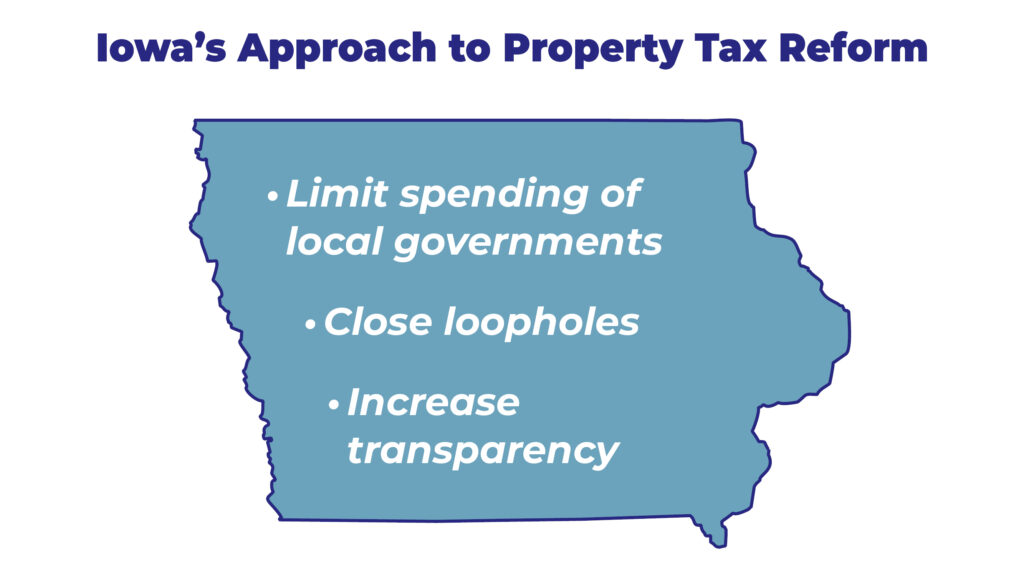Iowa’s legislature needs to know what is really going on, so they aren’t misled by the media touting “HUGE” property tax savings across the river. We can’t stress enough the dangers in using a state’s budget to pay for local expenses.
Both Iowans and Nebraskans have struggled under the weight of high property taxes for many years. Despite the positive strides Iowa has made recently with income tax reforms, our state is still among the worst 10 when it comes to property taxes. Last year, Iowa lawmakers enacted a property tax reform bill that will save local taxpayers millions, but more work needs to be done. As those same lawmakers continue to consider additional policy changes, they should pay attention to how our neighbors to the west have attempted to deliver property tax relief. Iowa’s legislature needs to know what is really going on, so they aren’t misled by the media touting “HUGE” property tax savings across the river.
While likely well-intentioned, many of Nebraska’s attempts over the years have not only failed to create lasting relief, but the policy choices they’ve made have saddled the state’s budget with a significant amount of money that must be shipped off to local governments. Over the last 20 years or so, Nebraska has created and expanded multiple property tax “relief” programs, but without reforming the broken system. Local governments keep increasing spending while the state keeps bleeding money for new and sometimes unusual band-aid fixes. According to Nebraska Legislative Fiscal Services, the state estimates the current property tax relief programs at $1.44 billion, which is more than a quarter of Nebraska’s General Fund spending.
True property tax relief requires more-fundamental reform. While Nebraska Governor Jim Pillen acknowledges local governments need stricter limitations on spending, his proposal does not make the spending side of the ledger a priority. In fact, he wants to send more state aid to local governments, with the hope they will take it easy on property owners. Unfortunately, Iowa lawmakers can tell him how well that works. When the state government eliminated the mental health levy from county property taxes in 2022, many counties simply did not pass along the savings to taxpayers; some even increased their rates.
Iowa’s most recent approach has been pointed at the root of the problem. Reforms in our state have focused on limiting the spending of local governments, closing loopholes, and increasing transparency, all of which can be accomplished without increasing costs to the state. Since removing the mental health levy from property tax bills, Iowa has avoided the trap of state-local swaps that shift the revenue burden of property taxes onto the state budget. While Iowa’s local governments continue to lobby to keep their financial spigots wide open, taxpayers have been winning. Now Iowa’s local governments are learning of the need to budget like the citizens they serve.

Early reports about Nebraska Governor Pillen’s property tax relief plan for 2024 indicate Nebraska will try to increase three separate state-level revenue streams in order to supplement local government spending. We can’t stress enough the dangers in using a state’s budget to pay for local expenses. If nothing else, there is an incredible moral hazard, not to mention the additional stress it adds to a state’s budget. Iowa lawmakers should never forget the struggles they faced in eliminating the backfill to local governments that had been implemented when commercial property tax valuations were rolled back.
To remain a national leader in fiscal policy, our state must stay the course and set an example, not mimic the efforts of the state next door. Iowa lawmakers’ search for fiscally responsible policies that don’t pass local burdens on to state taxpayers has made it possible for the state to accelerate its income tax cuts and consider additional limited-government reforms. It would be a mistake for Iowa’s legislature to funnel dollars to our local governments.
